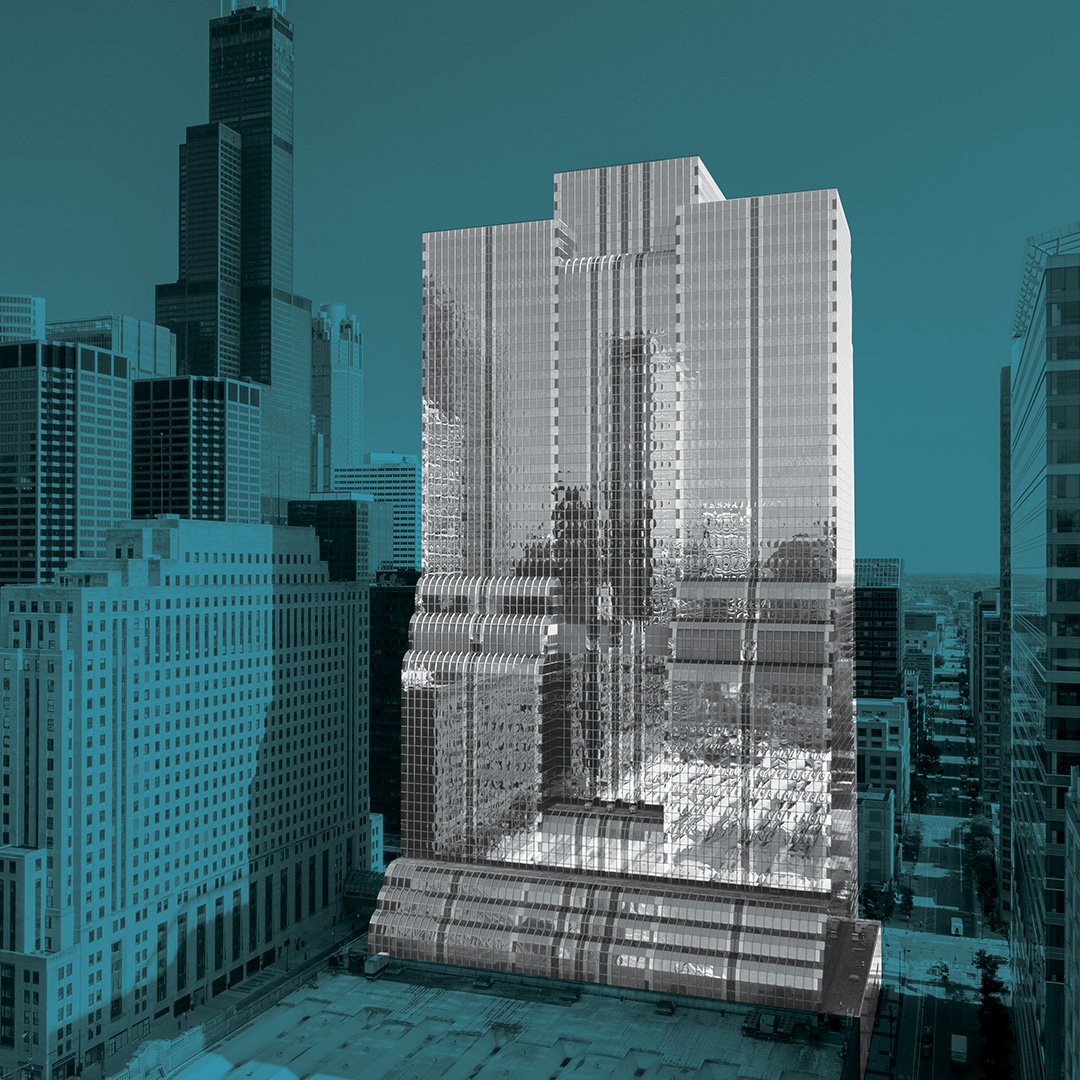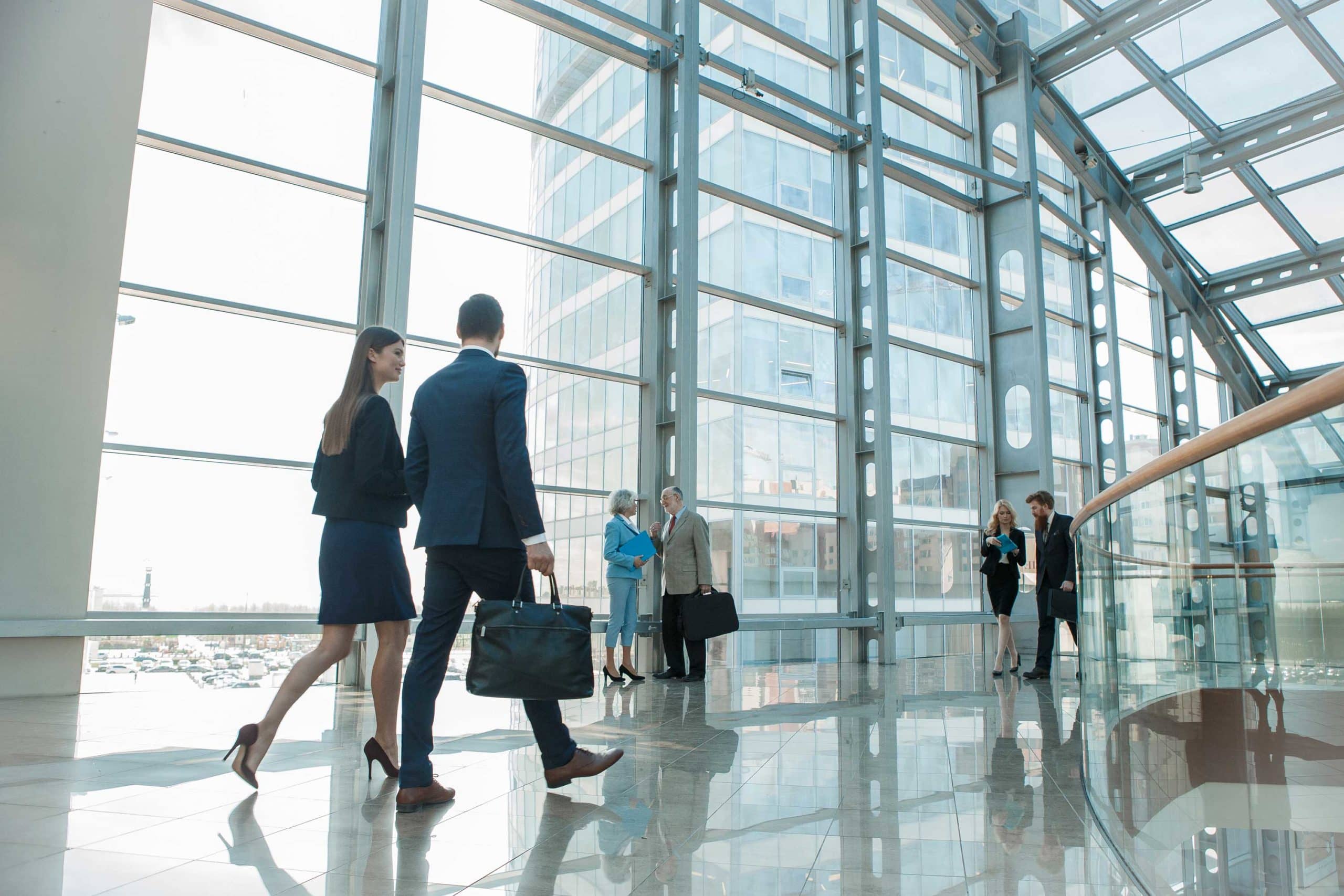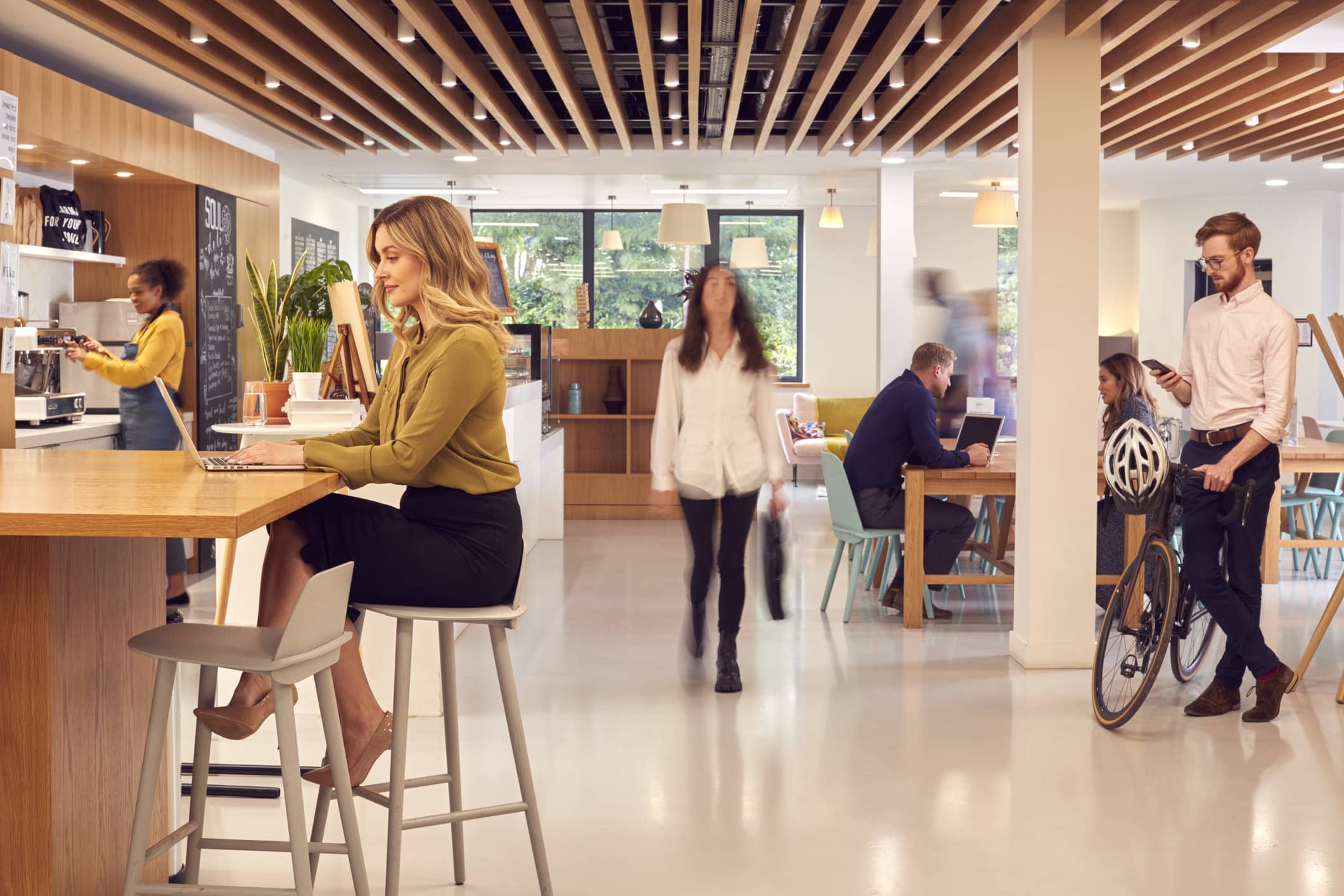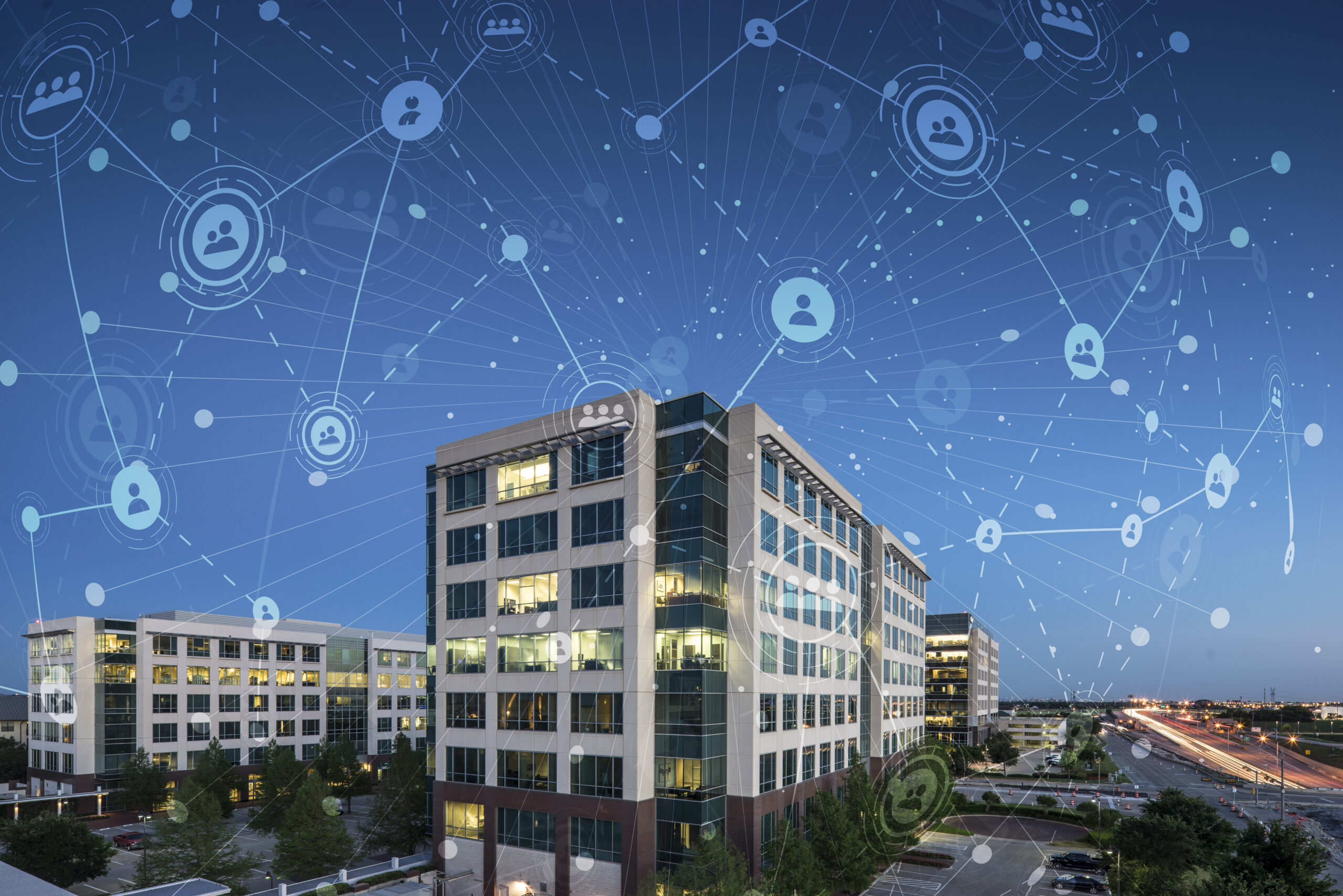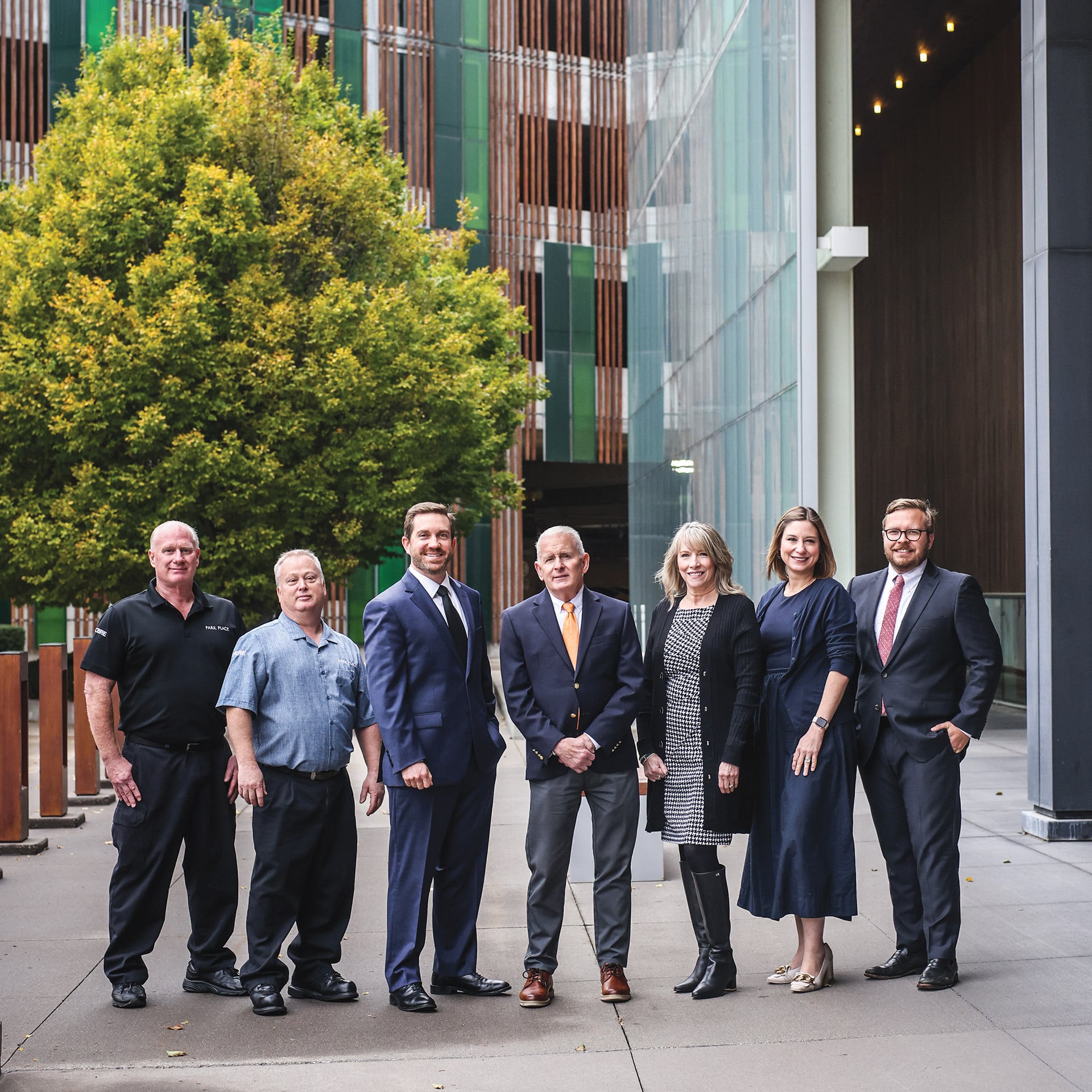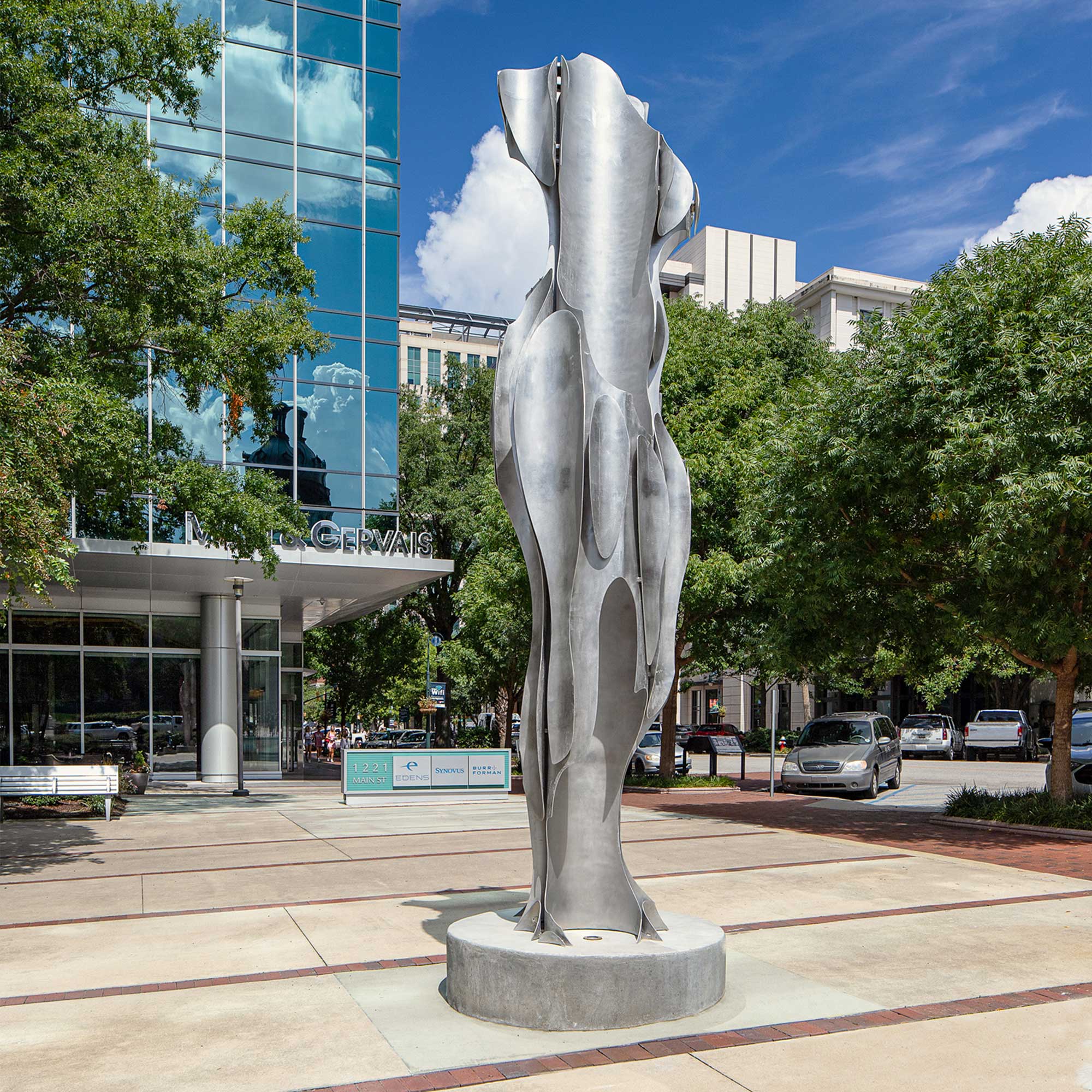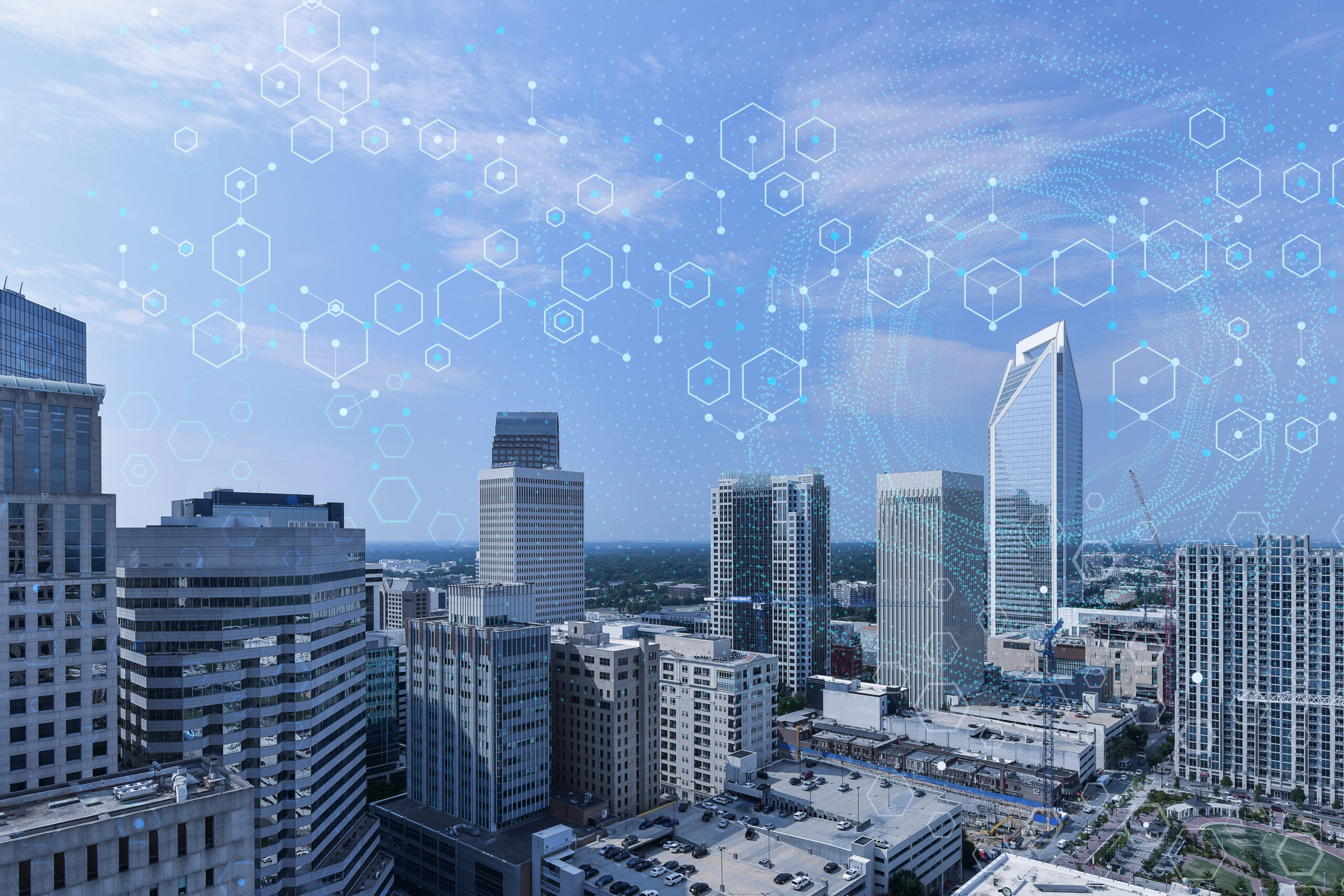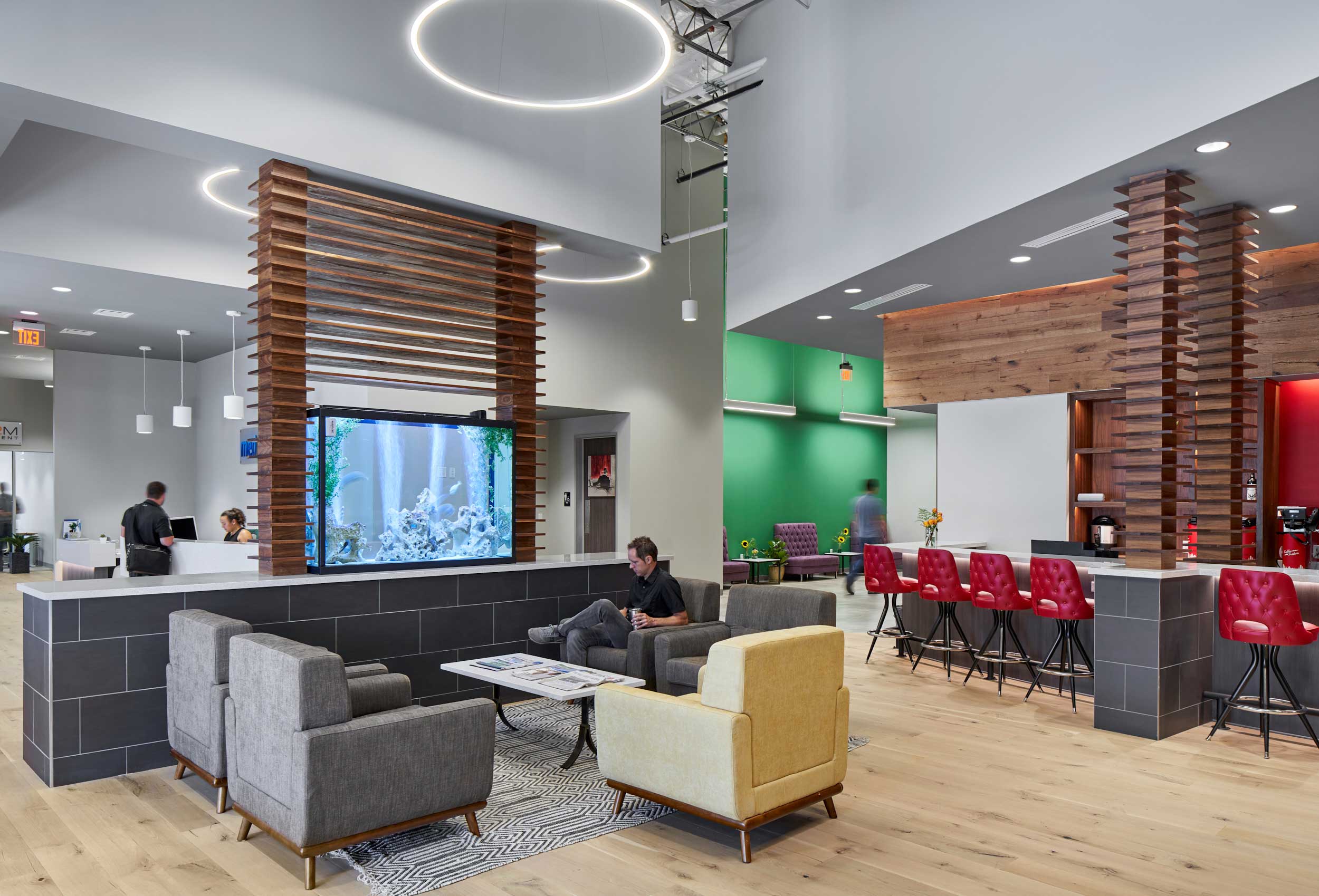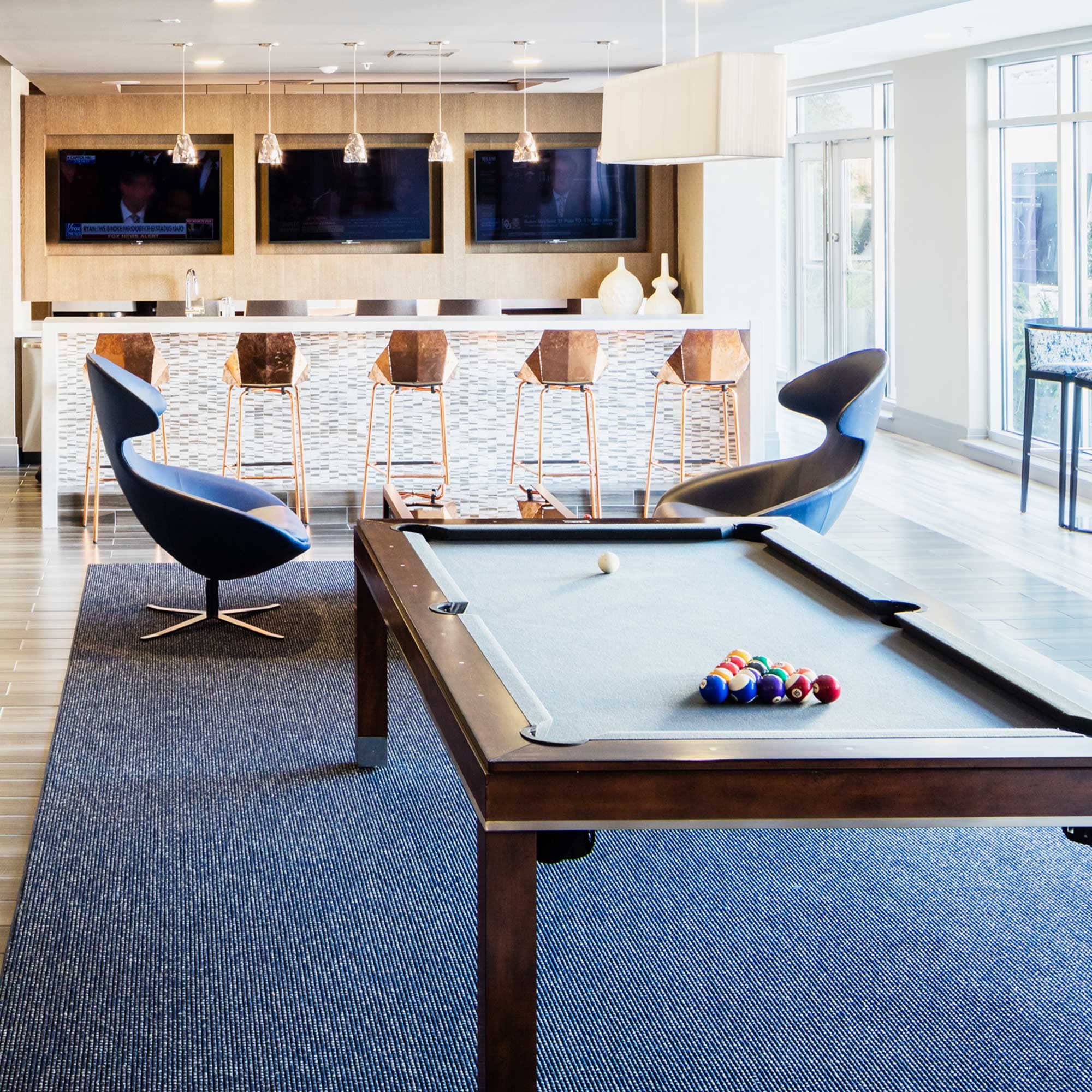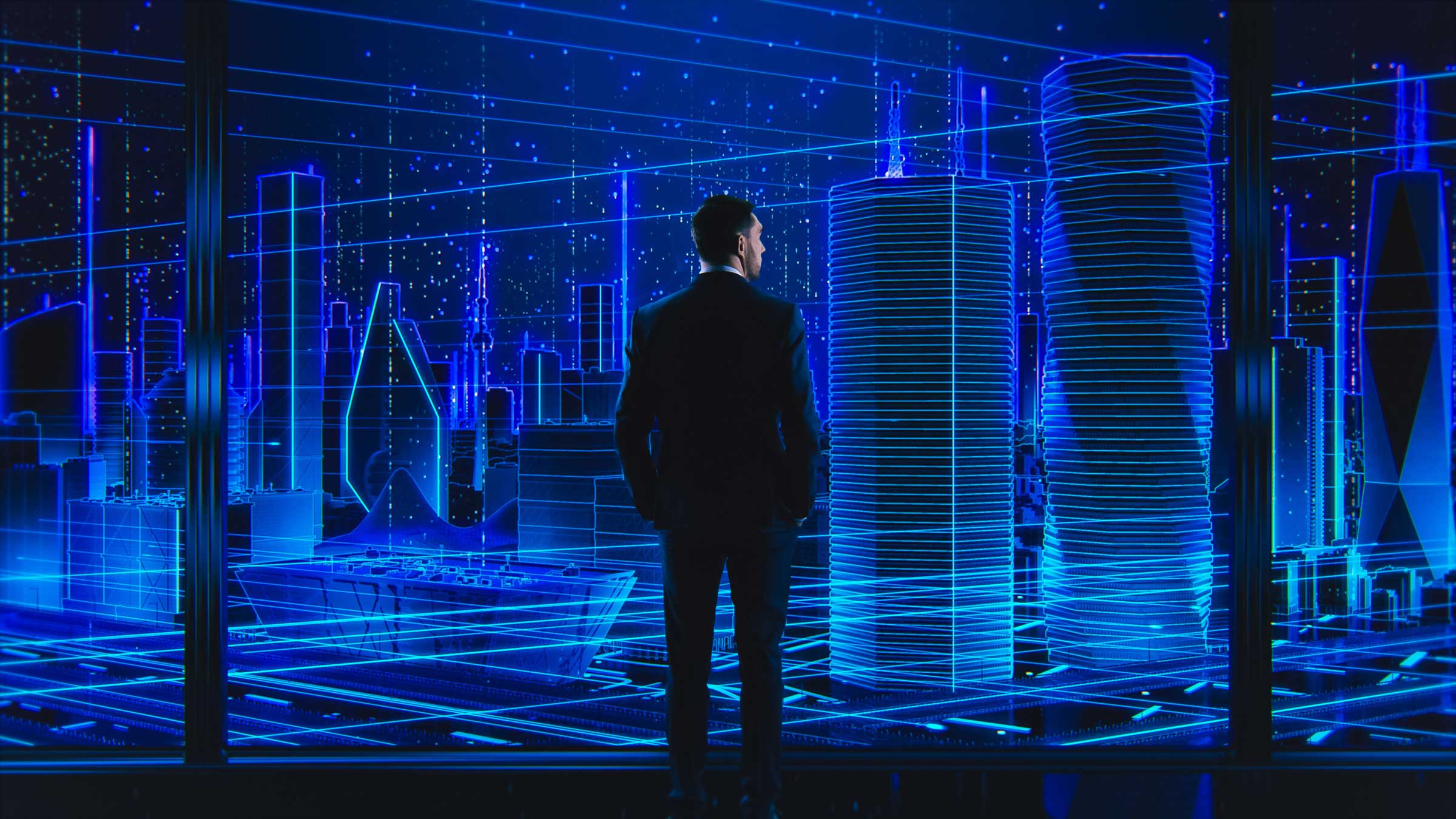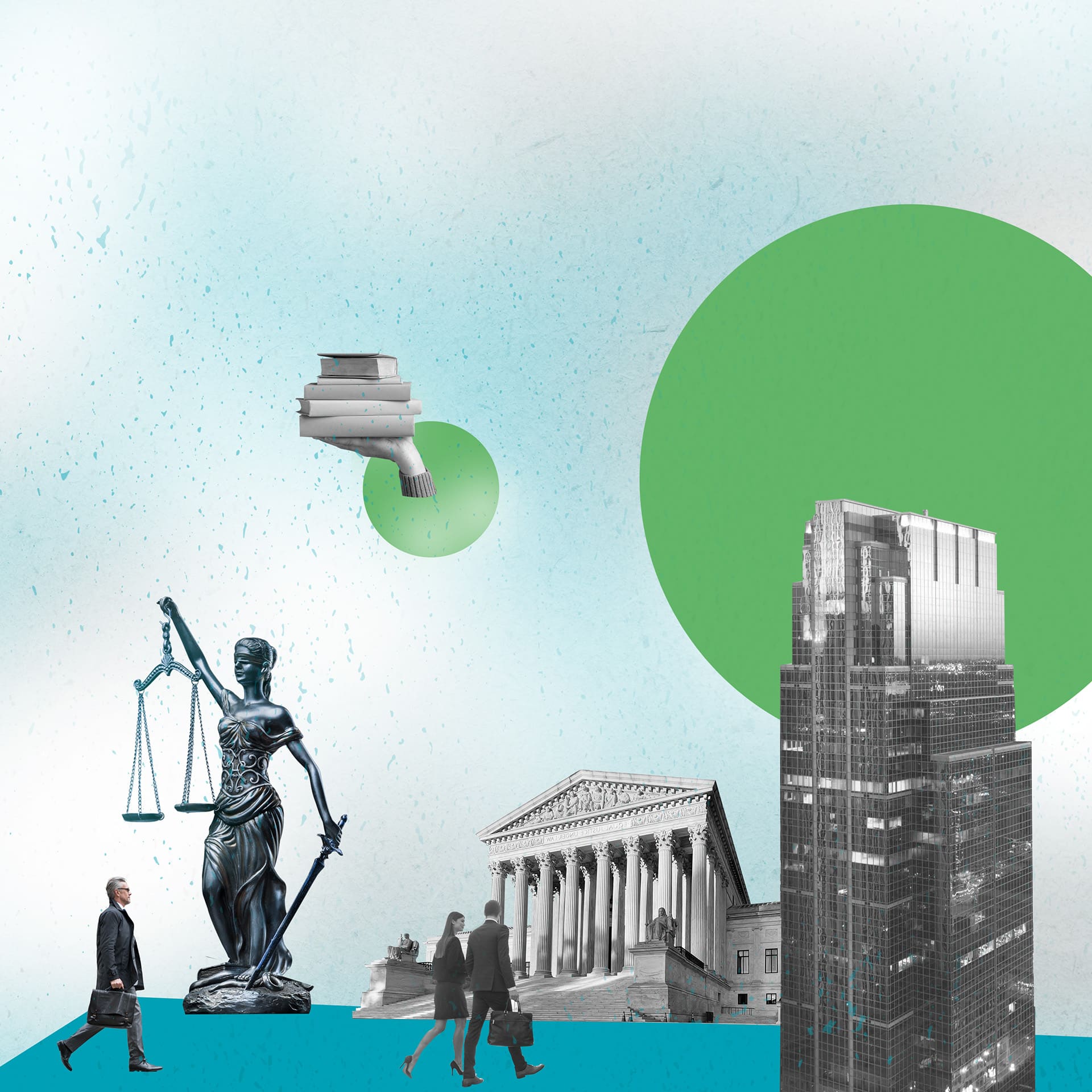Category: Insights
Category: Insights
“Smart” buildings are not a new concept. In 1983, The New York Times featured an article titled “‘Intelligent’ Buildings Using Computers,” which talked about Cityplace, “the world’s first intelligent building” located in Hartford, Connecticut.
Reeling from the coronavirus pandemic and the growth of emerging technologies from the nation’s top laboratories, commercial real estate (CRE) is repositioning itself to accommodate the demand for life sciences space.
KBS’ trophy office tower in Chicago mixes uses to max out appeal and community feel.
With massive investments, widespread adoption, and a growing list of technological feats, Artificial Intelligence (AI) demonstrates every appearance of a sure winner, perhaps the next big thing that will radically change society, much of the economy, and with them, commercial real estate (CRE).
The evolved workplace is here, something not at all like the traditional offices last seen in 2019. As a result of the pandemic, a revised relationship now exists between organizations and employees. A new middle ground is beginning to emerge, a more welcoming and supportive environment where new creative office environments play a central role.
Employee needs have shifted dramatically in the last three years. The task of recruiting and retaining employees has begun to extend beyond the traditional compensation package. What matters now is not just how and where employees work, but the means in which employers demonstrate how much they value the contributions of employees. Here we take a glimpse at the current labor market and some of the ways businesses are getting creative with benefits and job perks to attract and retain workers.
Second in a Three-Part Series on Artificial Intelligence and CRE.
As the retail sector rebounds from another great disruption, the hybrid approach between physical and digital experiences is gaining steam in the industry.
This past summer, thought leaders in South Carolina’s capital city of Colombia gathered to honor the outstanding women, past and present, who helped shape our country’s 18th state. The occasion was the official unveiling of Architecture of Strength, an impressive monolithic sculpture and a daily reminder of women’s profound contribution to the community and beyond.
First in a Three-Part Series on Artificial Intelligence and CRE.
Due to the increased pressure produced by the wake of COVID-19, commercial real estate (CRE) industries such as the life sciences have had to accelerate innovation to stay afloat. Similarly, industrial saw a rise in demand for space to support the sector’s new and expanding activities. Let’s look closer at the Life Sciences Boom and how CRE has taken strides to accommodate its growth.
Now may be the ideal time to consider adaptive reuse to convert commercial property to residential or repurposed for a different commercial use.
Commercial real estate (CRE) relies heavily on social trends and technology to stay current and competitive. One of the latest developments to have captured our collective imaginations is the metaverse, perhaps because of its sci-fi sounding name — or, due to the investments made in the technology by global brands, FinTechs, and even celebrities. A potentially multi-trillion dollar opportunity buoyed by nearly 400 million current users (projected to reach five billion by 2030), the metaverse may be poised to become the next big tactic in business strategy.
For the multifamily housing industry, 2022 is here. Along with the new year, there’s a hope for better times as well as a need to clean-up unfinished business.


